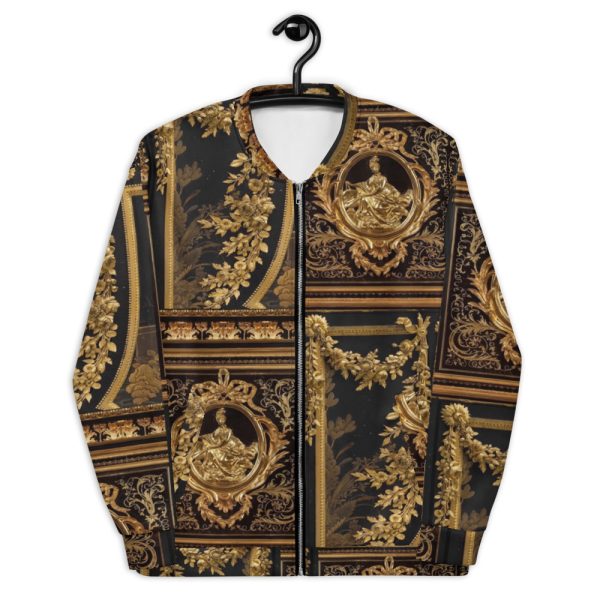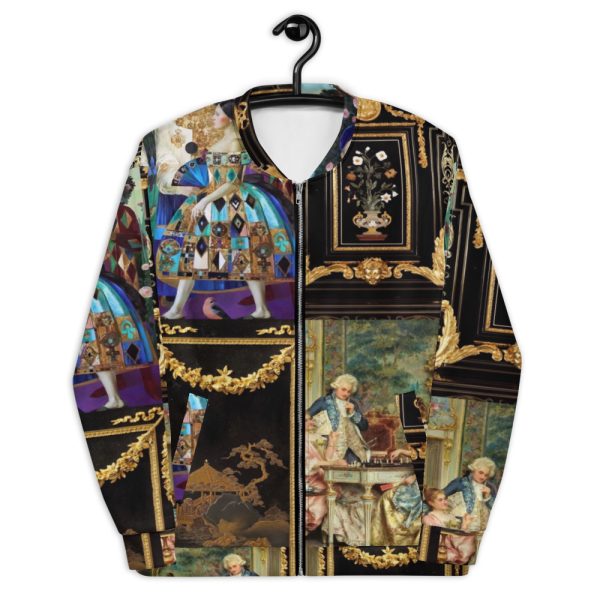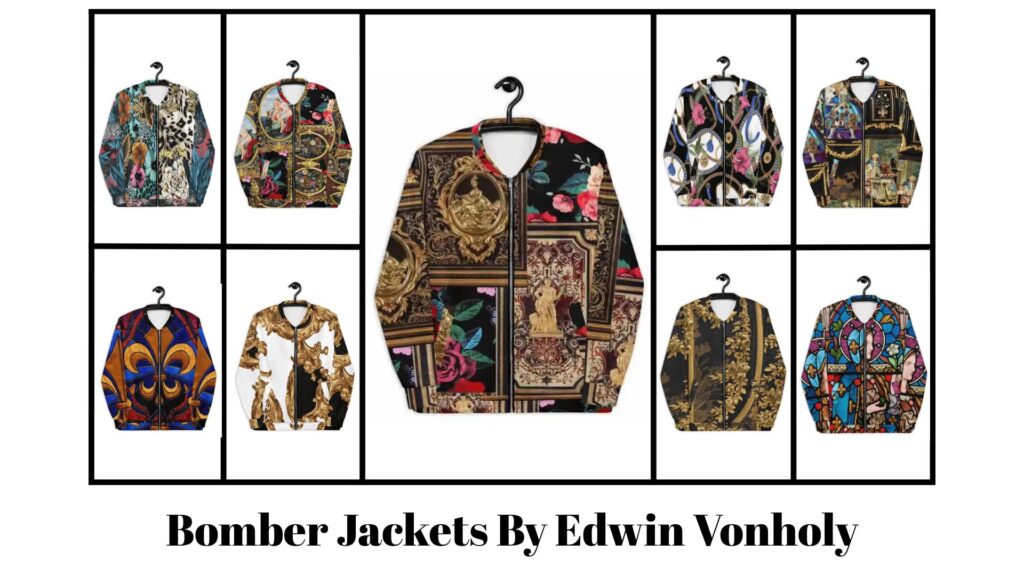Patagonia Vests vs. Jackets: Which One Is Right for You?
When it comes to dressing for outdoor activities or simply staying warm during chilly weather, Patagonia offers two popular options: vests and jackets. Both are excellent layering pieces that offer warmth and comfort, but each has distinct features that make them more suitable for specific needs and preferences. Whether you’re gearing up for a hike, a weekend getaway, or everyday wear, understanding the differences between Patagonia vests and jackets will help you make the best choice for your lifestyle. Here’s a breakdown of the key differences between these two versatile pieces of outerwear.
1. Purpose and Functionality
Patagonia vests and jackets are both designed to provide insulation, but they serve slightly different purposes when it comes to warmth and protection.
- Patagonia Vests: A vest is essentially a sleeveless jacket that covers the torso but leaves the arms exposed. This makes it an excellent option for layering, especially if you need to regulate your body temperature while staying active. Vests are perfect for mild to cool weather and work well for outdoor activities like hiking, skiing, or cycling, where freedom of movement is essential. Vests provide warmth for the core while keeping the arms unencumbered, allowing you to move freely during intense physical activities.
- Patagonia Jackets: A jacket, on the other hand, offers full coverage of the body, including the arms. Jackets are typically a better choice for colder conditions, as they provide extra insulation and protection from the wind and rain. If you’re heading out for a walk in freezing temperatures or need something to keep you warm in extreme weather conditions, a Patagonia jacket is likely your best bet. With options like waterproof shells and insulated liners, jackets are versatile enough for harsh winter climates or unpredictable weather.
2. Level of Warmth
The warmth provided by Patagonia vests and jackets depends largely on the materials used in their construction, but jackets generally offer more warmth due to their full-body coverage.
- Patagonia Vests: Vests are designed to trap warmth around the core but leave the arms exposed. While they do a great job of insulating your torso, they won’t provide warmth for your arms, which can make a difference in very cold conditions. For mild to moderately cold weather, however, a Patagonia vest can provide just the right amount of warmth without making you feel too hot or bulky.
- Patagonia Jackets: Jackets, with their full coverage, are designed to provide warmth for the entire body, including the arms. Many Patagonia jackets feature advanced insulation, such as Primaloft® or recycled down, which provides excellent warmth without weight. In addition, jackets often come with features like adjustable hoods, cuffs, and drawstrings to prevent cold air from getting in. If you’re heading into freezing temperatures, high-altitude adventures, or snowy conditions, a jacket will offer more comprehensive protection from the elements.
3. Versatility in Layering
Both Patagonia vests and jackets are highly versatile when it comes to layering, but they are suited to different types of layering scenarios.
- Patagonia Vests: Vests are an excellent choice for active layering because they provide warmth without restricting your range of motion. They can be worn over base layers or under a heavier jacket for added warmth. For example, during a hike or bike ride, you can wear a Patagonia vest over a moisture-wicking shirt to stay warm while still allowing sweat to evaporate. Vests are ideal for dynamic activities where you need to move freely and don’t require full coverage for your arms. They also work well as mid-layers under a jacket or over a hoodie.
- Patagonia Jackets: Jackets are perfect for static layering, meaning they provide warmth for both active and more sedentary activities in cold weather. Patagonia jackets can be worn as outer layers over base layers or vests, providing full coverage and protection against the elements. When you need an all-encompassing layer for warmth and defense against rain, snow, or wind, a jacket is the way to go. Additionally, jackets are often more versatile when it comes to adding or removing layers, especially when the weather is unpredictable.
4. Weather Protection
While both Patagonia vests and jackets offer warmth, jackets typically provide better protection against various weather conditions like rain, snow, and wind.
- Patagonia Vests: Vests are designed to provide warmth, but they generally offer less protection against wind and rain since the arms are exposed. Some Patagonia vests, like the Nano Puff Vest, are made with water-resistant materials to offer a bit of protection in light rain or snow, but they won’t keep you fully dry during a downpour. If you’re going into mild, dry conditions or layering over other protective clothing, a vest is a great choice, but for harsh weather, it’s best to pair it with a waterproof shell or layer with a jacket.
- Patagonia Jackets: Jackets, particularly those with waterproof and windproof fabrics, are built to keep you protected from the elements. For example, the Tres 3-in-1 Parka provides warmth with an insulated liner and also features a waterproof outer shell, making it ideal for wet, cold, and windy conditions. Patagonia’s jackets are typically more prepared for inclement weather, and options like the Storm10 Jacket are specifically designed to be lightweight, breathable, and waterproof. If you expect snow, rain, or heavy winds, a Patagonia jacket will offer better all-around protection.
5. Style and Aesthetics
When it comes to style, both vests and jackets from Patagonia offer a sleek and functional look. However, your choice will depend on your preferred aesthetic and how you plan to wear the piece.
- Patagonia Vests: Vests are a more casual and sporty option that pairs well with both outdoor gear and casual outfits. They are great for layering over activewear or under a coat. Vests also tend to have a streamlined look since they don’t cover the arms, giving them a less bulky silhouette than jackets. They are ideal for athleisure or weekend wear and are often a go-to for those who want to look stylish while enjoying outdoor activities.
- Patagonia Jackets: Jackets from Patagonia tend to have a fuller and more structured silhouette, especially when they are fully insulated or made with water-resistant materials. Jackets like the Frozen Range Parka or Tres 3-in-1 Parka offer a more polished look, which is perfect for urban settings or outdoor adventures where both function and style matter. Patagonia jackets are also better suited for layering in more formal outdoor settings where durability, comfort, and protection are top priorities.
6. Packability
When it comes to packing, vests tend to be more compact than jackets due to their lack of sleeves.
- Patagonia Vests: Vests like the Nano Puff Vest and Houdini Air Vest are highly packable, easily folding down to a small size that can be stashed in your backpack or luggage. This makes them ideal for travel or activities where space is limited. If you’re hiking or trekking, packing a vest as an extra layer can be a smart option for quick temperature changes.
- Patagonia Jackets: While many Patagonia jackets are also packable, they generally take up more space than vests because of their full-body coverage and insulation. Jackets like the Nano Puff Jacket and Down Sweater Jacket are lightweight and compressible, but they will still take up more space than a vest when packed away.
Conclusion
The decision between a Patagonia vest and a jacket ultimately depends on your specific needs and preferences. If you’re looking for a piece of outerwear that provides warmth without restricting your movement and is perfect for layering, a Patagonia vest might be the right choice. On the other hand, if you’re dealing with colder weather, need full protection against the elements, or require extra insulation, a Patagonia jacket is likely the better option.
Both vests and jackets from Patagonia offer excellent functionality, performance, and style, making them great investments for outdoor activities and casual wear. Whether you’re heading out for a hike or simply looking to layer up in comfort, Patagonia has options that will meet your needs.
-
 Satin Designer Bomber Jacket$448
Satin Designer Bomber Jacket$448 -
 Bomber Jacket | Designer Luxury For Women & Men | Navy Blue Floral Red Turquoise$158
Bomber Jacket | Designer Luxury For Women & Men | Navy Blue Floral Red Turquoise$158 -
 Bomber Jacket | Designer Luxury For Women & Men | White Gold$158
Bomber Jacket | Designer Luxury For Women & Men | White Gold$158 -
 Bomber Jacket | Designer Luxury For Women & Men | Floral White Black$158
Bomber Jacket | Designer Luxury For Women & Men | Floral White Black$158 -
 Bomber Jacket | Designer Luxury For Women & Men | Blue Purple Gold$158
Bomber Jacket | Designer Luxury For Women & Men | Blue Purple Gold$158 -
 Bomber Jacket | Designer Luxury For Men & Women | Black Gold Baroque$158
Bomber Jacket | Designer Luxury For Men & Women | Black Gold Baroque$158 -
 Bomber Jacket | Designer Luxury For Women & Men | Black Gold$158
Bomber Jacket | Designer Luxury For Women & Men | Black Gold$158 -
 Bomber Jacket | Designer Luxury For Women & Men | Gold Black$158
Bomber Jacket | Designer Luxury For Women & Men | Gold Black$158 -
 Bomber Jacket | Designer Luxury For Women & Men | Black Gold$158
Bomber Jacket | Designer Luxury For Women & Men | Black Gold$158

